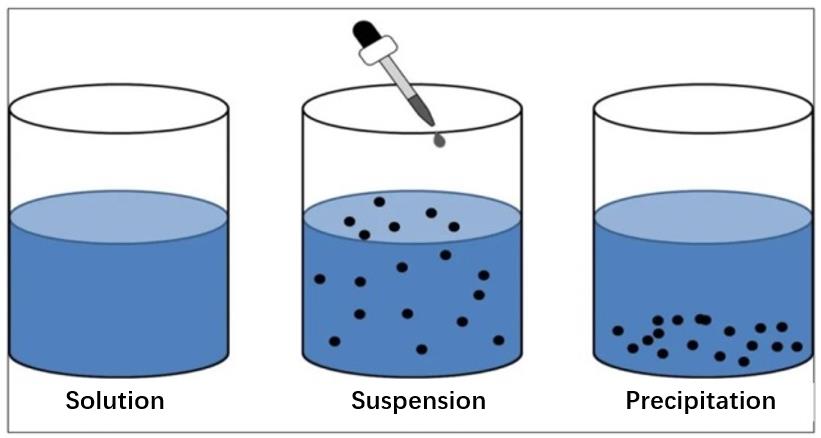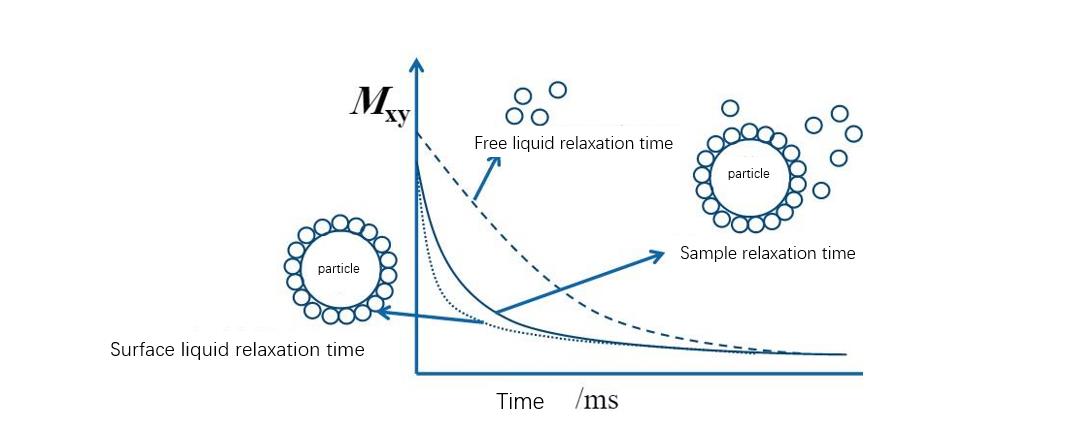Low Field NMR Analysis Water Dispersed Particle Ducts Pesticide Dispersal Degree
What is a decentralized granule?
Water decentralizers are granular preparations that can quickly disintegrate and disperse into suspension after water adding water. At that time, it was called a dry current or dry suspension at that time in the United States. In fact, strictly speaking, there are differences between the two. Water dispersed granules are crushed by the pesticide through dry method (such as garden plates, reunion, squeezing, fluidized beds, etc.). Grank products. The dried suspension is a solid particle product obtained by the pesticide through the moisture of the pesticide through the wet sand, and then dried by spray drying.
Water decentralizers are a new pesticide dosage formation developed in the 1980s. Because of its good safety, it does not contain organic solvents, no dust, no dust, packaging, transportation, convenient use, etc. It has developed rapidly.
Pesticide decentralization of water decentralized granules
The research and development of pesticide dosage forms and preparations is closely related to the diversification of pesticides. Excellent pesticide varieties, applicable pesticide types, and appropriate drug application machinery are related to the diversification of pesticides. Two methods can generally use pesticide decentralization: one is processing methods. If the solid medicine is crushed, the thinner the crushing, the greater the dispersal. For example, the pesticide pesticide used at the beginning is formed by pesticide original drugs, additives and fillers. It has the advantages of convenient use, high sprinkler efficiency, and low cost. Pollution, which endangers the health and environmental safety of human and animal, so the output is greatly reduced, and it is replaced by other dosage pesticides with relatively good, diversified dosage.
Water dispersed particle ducts pesticide dispersal degree low field NMR analysis and evaluation
Low -field NMR analysis technology can be used for the evaluation of pesticide decentralization of water -decentralized granules. It can quickly detect the decentralization, reunion, and flocculation process of granules in the suspension system to provide data reference for the development and quality control of water -decentralized granules.
Basic principles of NMR analysis of water dispersing pesticide decentralization in water dispersed particles:
The relaxation rate of the solvent in the particle scattered body is linearly proportional to the available particle surface area. Siluks or polymers related to free polymers have not changed significantly in terms of relaxation rate because they still have high liquidity. When the polymer forms the adsorption layer on the surface of the particles, the total relaxation rate is increased due to the increase in the proportion and/or residence time of the water molecule in the near surface area. Through the relaxation differences of low -field nuclear magnetic technology, you can quantitatively evaluate the decentralization of granules in low -field NMR quantitative evaluation.
 NIUMAG
NIUMAG

